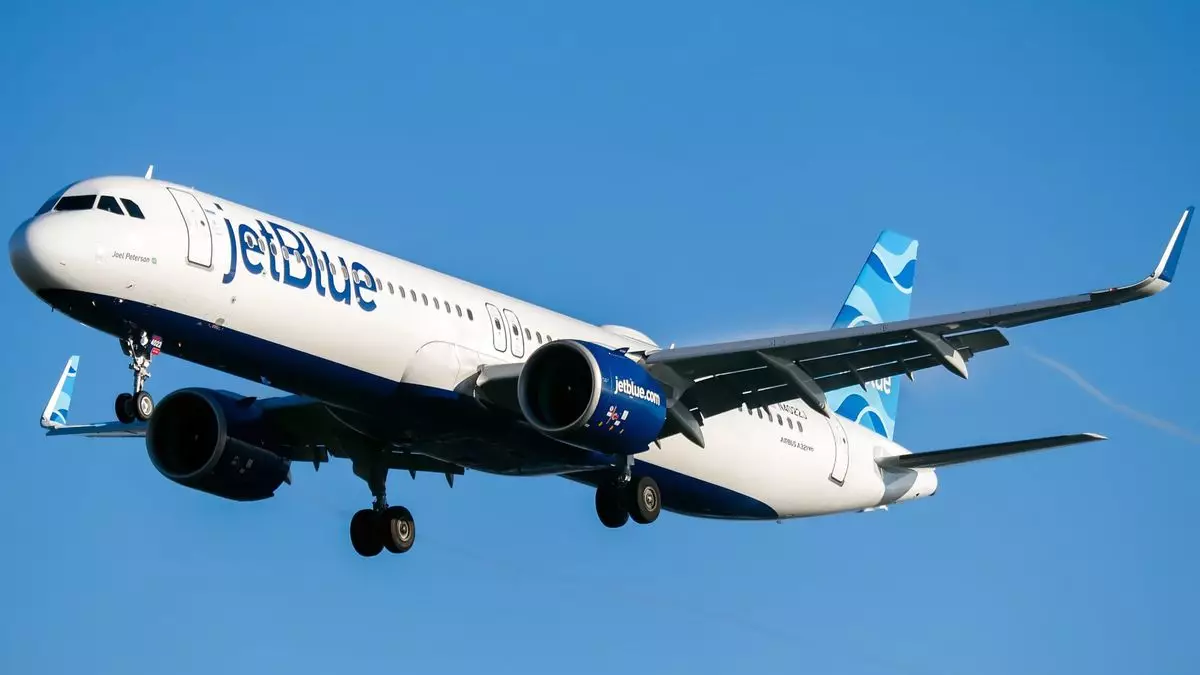JetBlue Airways has announced the termination of its Boston to New York LaGuardia route, a significant change in its operational strategy within the busy Northeastern corridor. The decision comes as part of a broader initiative by the airline to refocus its network primarily on leisure travel, aligning with changing consumer preferences and market dynamics. This article will delve into the implications of this move, exploring the factors that influenced JetBlue’s choice and what it means for travelers in the region.
One of the key reasons behind JetBlue’s withdrawal from the Boston to LaGuardia route is the dramatic increase in airport fees that the airline faces at LaGuardia. These fees have surged to nearly $50 per passenger, which presents a significant financial burden. The airline’s management has made it clear that continuing to operate under such economic constraints makes it difficult to offer competitive fares while simultaneously ensuring profitability. This scenario exemplifies a broader industry trend where rising operational costs, particularly at congested airports, pose a serious challenge to budget carriers’ business models.
Prior to the discontinuation, JetBlue operated this route with a robust schedule, offering six flights daily from Sunday to Friday and two on Saturdays. The last service will conclude on April 29, signaling a noticeable shift in daily travel options for those commuting between these two critical urban centers. However, passengers will still have alternatives to consider; major competitors such as American Airlines and Delta Air Lines continue to provide service on this route, which could mitigate some of the impact of JetBlue’s departure from LaGuardia.
Shifting Focus: Boston to JFK and New Services
Despite ceasing flights to LaGuardia, JetBlue is not entirely retreating from the Boston market. The airline plans to maintain and even increase its connections to JFK, offering up to eight daily flights during peak summer months. This decision highlights JetBlue’s strategy to enhance its service to more leisure-oriented destinations while still catering to business travelers who prioritize ease of access to New York City’s primary international airport. Additionally, JetBlue is expanding its offerings with a new daily route from Boston to Islip Airport on Long Island starting in May, further demonstrating its commitment to serving leisure travelers in the region.
JetBlue’s recent adjustments reflect a shifting landscape in the airline industry, particularly as airlines recalibrate their offerings to adapt to economic realities and traveler preferences. While the cessation of flights between Boston and LaGuardia diminishes options for some passengers, the introduction of new routes and a concentration on leisure travel may position JetBlue well for future growth. As the airline refines its network strategy, it will be essential to monitor how these changes affect customer satisfaction and market competition in an already tight aviation landscape.

